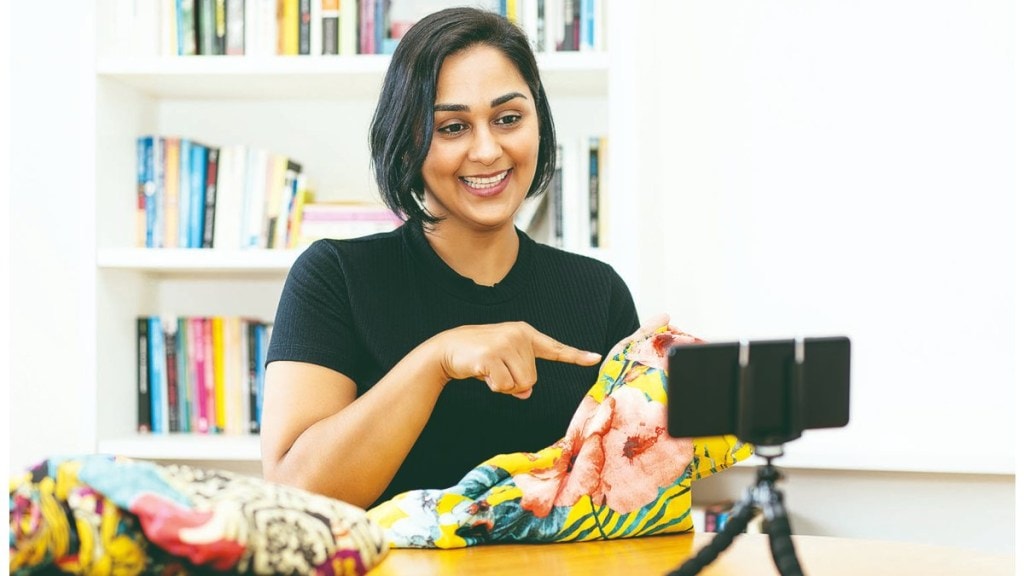As the world of influencer marketing evolves, a report from the Advertising Standards Council of India (ASCI) titled “Wielding Influence, Nurturing Trust” sheds new light on the influencer landscape. ASCI has identified influencer types that are determined by their content strategy, and has explained how they are leveraged by brands.
The Amicable Oracle: These influencers deliver deep expertise through a “display of lived-in experience of products, categories, and ideas”. The archetype is popularised by financial advisors, fitness enthusiasts, chefs, nutritionists, therapists etc. Shavir Bansal, a ‘finfluencer’ and founder of BeKifaayati on Instagram with over 639,000 followers, says, “This way, we are able to generate additional income by establishing ourselves as experts.”
Survival-Wizards: They provide tips on self-improvement. This segment is popularised not by insider experts but by “smart curators” who collect a range of information to give the best possible content. Topics they talk about range from insurance, tax, and loans to spirituality, productivity, and ambition. The report included influencers such as Beerbiceps, Ankur Warikoo, and Priya Kumar in the category, who have their own podcasts and interviews featuring celebrities.
Soul Stylists: They are contemporary voices that make spirituality a means of managing challenges, and answer a range of questions considered difficult to address. Their personal spiritual journeys bring them credibility. They use spiritual texts, podcasts, and books as the basis for their content. Some examples include Sadhguru, Baba Ramdev, and Jay Shetty,
the report said.
Radical Normalisers: They are “rejectors of rejection”, who highlight the importance of self-worth. They consist mainly of body positivity icons, trans-icons, and trauma survivors. Influencers such as yoga practitioner Natasha Noel and body positivity advocate Anjana Bapat were included in this category by ASCI.
Everyday Blissmakers/ Sabki Sahelis: They offer glimpses into their lives as spouses and parents. The category is dominated by women homemakers. From vlogs that talk about what they cooked for lunch to how they pack their kids’ lunchboxes, they offer different brands a unique opportunity to reach a large community. They have the potential to plug in products such as those that are related to home design, beauty products, or baking equipment.
Mega-jesters of Mundanity: They are actors, performers who provide entertainment through humour in everyday. They often use a multitude of characters. Some examples include Kusha Kapila, Dolly Singh, and NM Niharika.
“The archetypes provide an improved approach towards influencers instead of just basing it on the number of followers or category affiliations,” says Anjali Chauhan, co-founder and director of the Garage Group.

